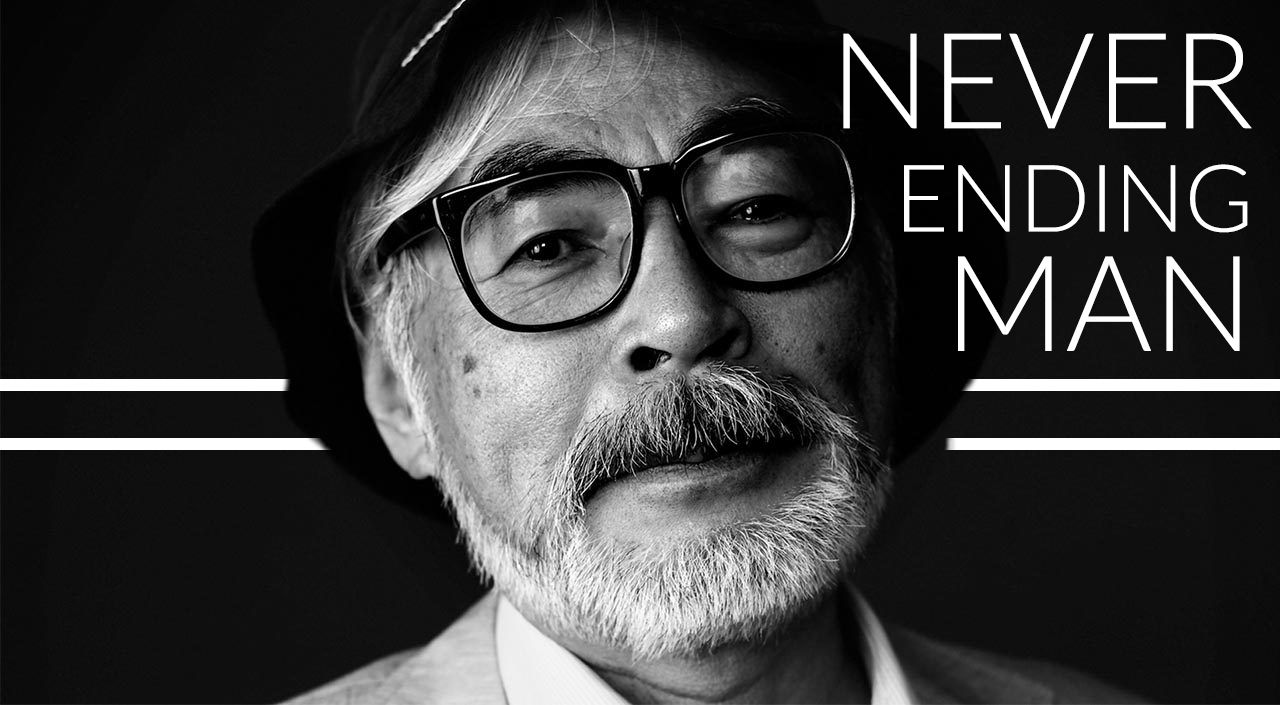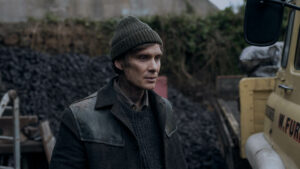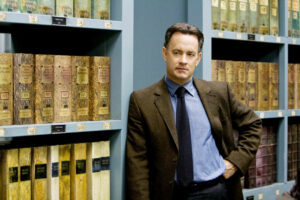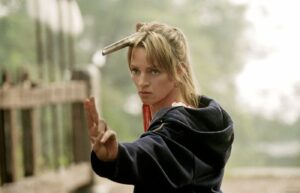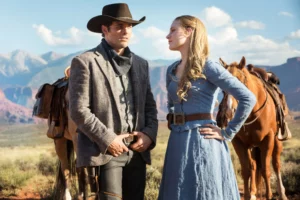The Lucca Comics & Games just ended, we already look nostalgically at the Pass bracelet on our wrist, but this has been without a doubt an edition full of innovation. From the Netflix stand with the “Stranger Things” set-up, to the many premieres, not only about comic books.
Speaking of not-comic books related premieres, we assisted at the world premiere of the documentary, until then it had been only previously broadcast on the Japanese TV, “Never Ending Man: Hayao Miyazaki”, that gave us the chance to enter the world of the Master of Japanese animation cinema.
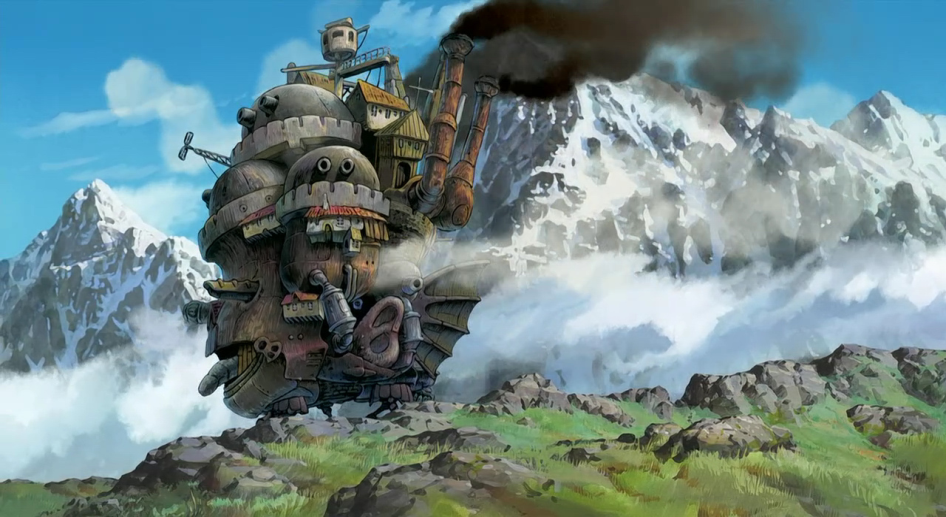
The movie starts with what looked like the end: the last announcement of the retirement by Miyazaki, in September 2013 after the release of “The Wind Rises”, his last work.
Immediately we are hit by the wisdom that the two times Oscar winner spreads far and beyond, as if it was the cliché of the Old Man at the foot of the Mount Fuji.
His depth about the meaning of life, his work and what they both represent is disarming, expressed with a clarity that only geniuses can master.
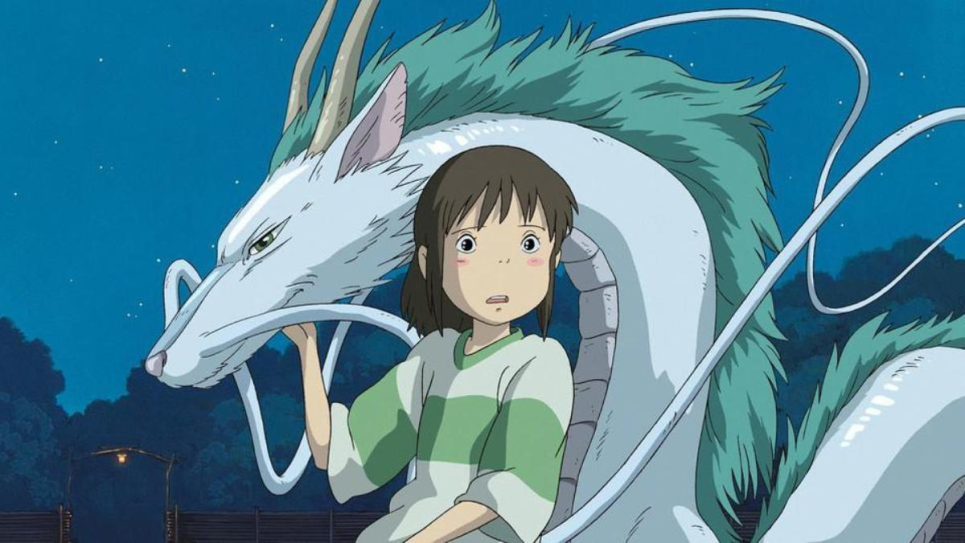
The documentary presents a Miyazaki arrived at the last part of his life, a Miyazaki that feels the end closing down as he keeps saying, but who feels he hasn’t given everything just yet, he hasn’t created something unforgettable.

His never-ending seeking and continuous betting on himself have led him to try the CGI technique, for the very first time in his long “analogue” career.
With the new technology Miyazaki decided to bring to the screen, in a ten-minutes short-film, a character that had been in his mind for a long time, but that was too difficult to realize with traditional methods. So he gave life to Boro, a little hairy caterpillar with two curious eyes.
The relationship with CGI wasn’t the easiest one. We see a Miyazaki struggling to get attached to Boro, as if by not being conceived by his own brushes, caused s “loss of the magic”, that has always surrounded Miyazaki’s works.
Maybe it’s for this, or for the weight of his retirement, that we got an incredible news: the willingness of Miyazaki to create another feature film, with the traditional methods, and with all the techniques and magic that the Studio Ghibli taught us to love.
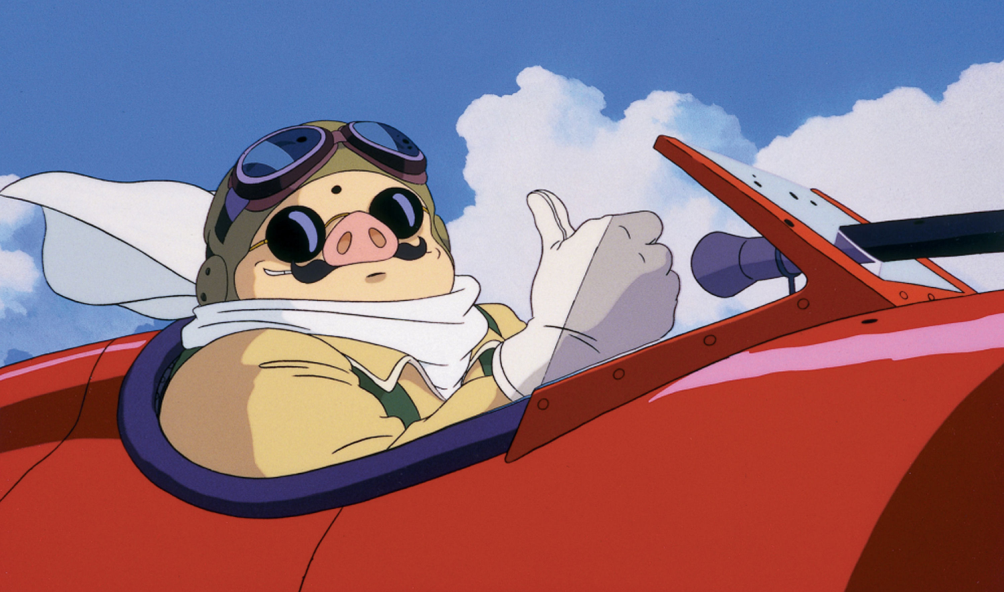
And Miyazaki is all of that: magic, technique, humility, irony, but also seriousness and work ethic. In just over an hour, the Master charmed us so much that we just didn’t want to leave that studio and that kitchen, just as we’d rather not leave the warm hug of Totoro or the Forest of Princess Mononoke.
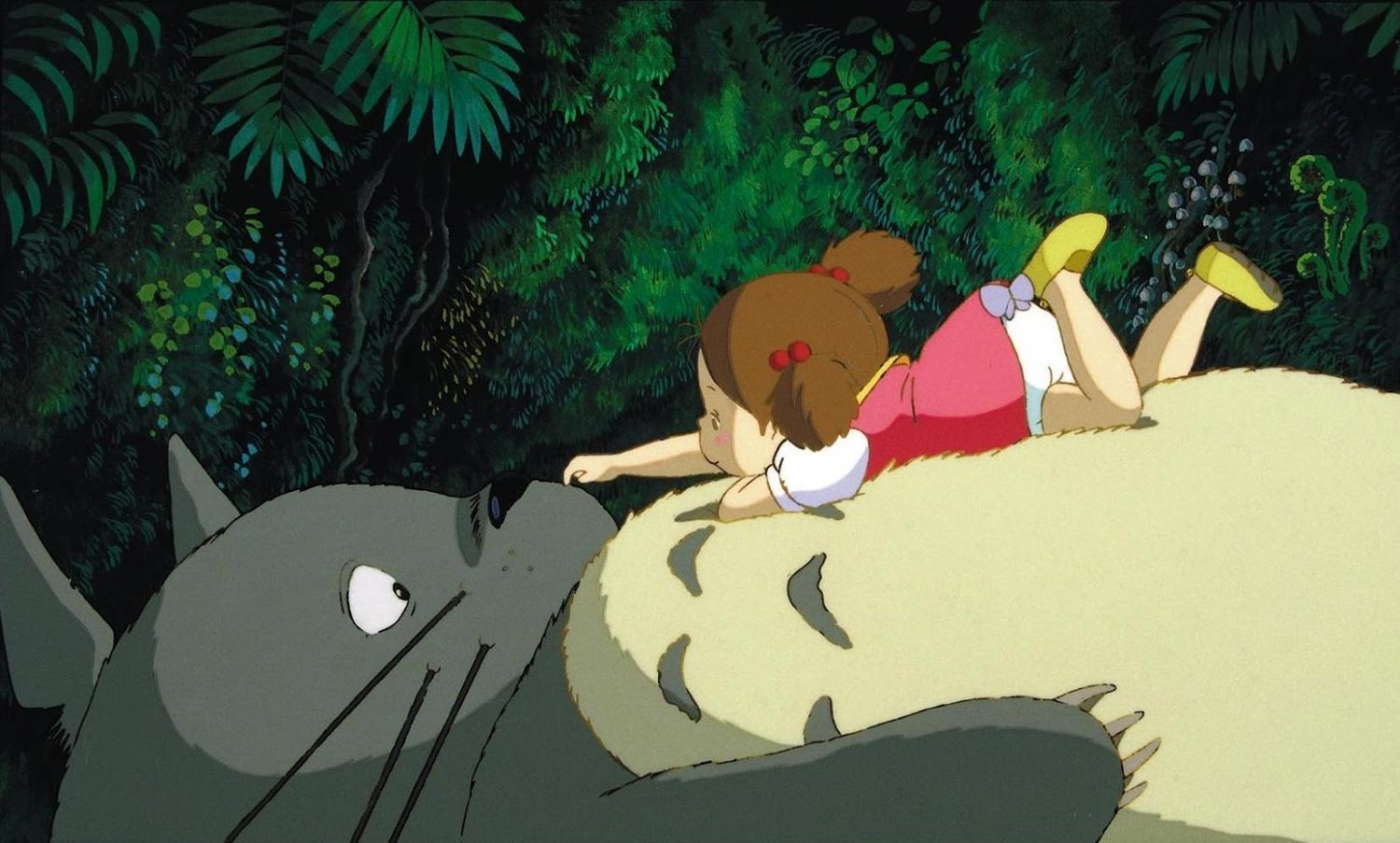
With this documentary we have the definitive proof that the Miyazaki’s movies are nothing more than Miyazaki himself.

